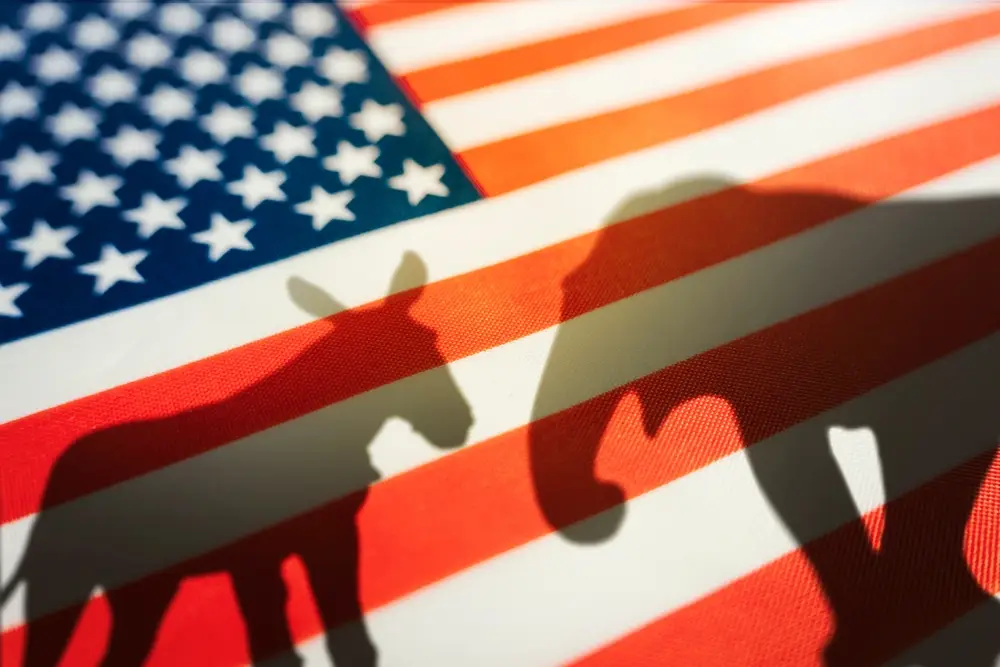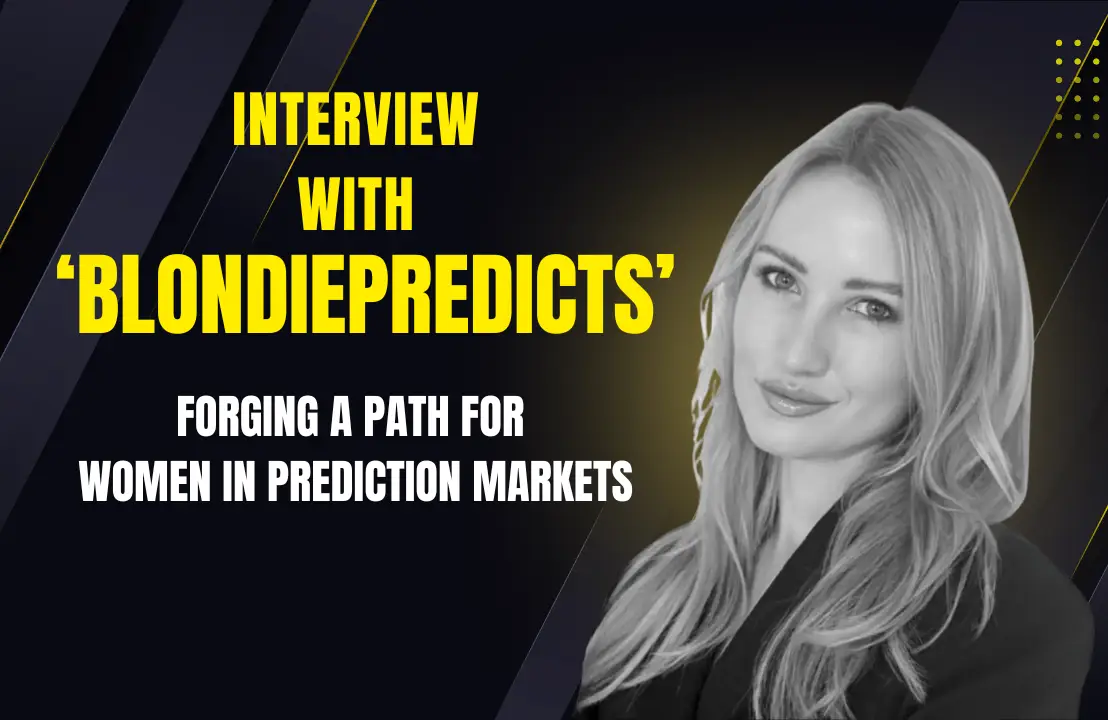One of the most important data points to understand going into the 2026 midterm elections is the changing coalition of Democratic and Republican voters. But equally important is understanding why political parties don’t adjust to changes in their voter coalitions, and what that could mean for upcoming House and Senate races.
Major shifts in both parties’ electorate and voter turnout trends are well-documented, the subject of Part I of an exclusive interview with Jesse Richardson on potential party blind spots that could impact 2026 midterm election results.
One such shift is that the Democratic Party has become more attractive to older, wealthier voters while working-class voters with no college education have gravitated toward the Republican Party. Consequently, Democrats now draw voters who are more likely to vote in midterms, and Republicans have an electorate that turns out in greater numbers during presidential elections.
Ironically, Democrats still lead the way in “Get out the Vote” activism while Republicans continue to sponsor legislation making it harder to vote, which disproportionately reduces voter turnout from their new voter coalition. Critically, Democrats misunderstand that swing voters and people who only turn out because of “Get out the Vote” work care about the same issues.
“Democrats [are] still stuck in this mindset of ‘we need to activate these young, non-white, poor voters,’” Political forecaster Jesse Richardson said.
“We have these mantras, like, ‘When we vote, we win.’ And Republicans are still stuck in this mentality…[where] they don’t think [to] themselves, ‘Oh, we want a really high turnout. This is great for us.’”
Given these changes in both parties’ electorates, why does neither party change its tactics? And at what cost?
Note: This is Part II of a two-part interview series with political analyst and prediction market trader Jesse Richardson.
Why don’t Democrats or Republicans make strategic adjustments?
The people who work in politics may be passionate, but they aren’t necessarily representative of the voters that candidates are trying to reach. Consequently, even smart operatives can miss shifting voter coalitions and how new members should be reached.
“People’s jobs and their approach to politics…get tied up in [their personal identity], [their] sense of like, ‘Ah, I’m doing the right thing. What I’m doing is good for the party I believe in.’ So, it’s hard for people to understand that maybe strategies should change.”
The strategic blind spots come out in a false dichotomy that many operatives draw between turning out the base and turning out swing voters outside of the base. Richardson described the way that looked in the Democratic case:
“The people in these debates kind of assume this implicit framing where…’If the [goal] is turnout, we need to be motivating the base. We need to be talking about left-wing stuff. And if the issue is persuasion, we need to be talking about moderate stuff.’”
Richardson also cited a survey from Democratic pollster David Shor showing that swing voters and infrequent voters were motivated by the same issues in 2024. Higher wages, lower grocery prices, and the wealthy paying their fair share in taxes were equally effective among swing voters and infrequent voters, both groups who swung to Trump in the last presidential election. Kamala Harris failed to reach infrequent voters, many of whom trusted Trump more on pocketbook issues than Harris.
Democrats don’t have to create separate messaging for swing voters and “Get Out the Vote” voters. Rather, they can run on solving problems important to those voters, who care about the same economic issues and don’t require separate messaging from different wings of the Democratic Party.
Two candidates illustrate different shapes that Democratic campaigns could take in addressing those key issues important to infrequent voters.
Two Democratic paths forward
One of the Democratic figures gaining is Ritchie Torres. Torres is a Democratic House representative from the Bronx who has supported progressive positions like the Green New Deal, but has also called for increased immigration enforcement, criticized the Defund the Police movement, and openly supported Israel throughout the 2020s. However, Torres’ mix of beliefs isn’t what Richardson has in mind as a moderate.
“In my mind, he’s a lot closer to the…abundance-type people who are quite prominent in elite circles and online but aren’t super well-represented in the electorate. Not the everyman, working man kind of guy.”
Instead, Richardson’s idea of a Democratic moderate is Arizona Senator Ruben Gallego. Gallego won his Senate seat in 2024, moving from the House of Representatives where he served since 2015.
His campaign emphasized some of the same issues that Torres has, but Gallego does so from a more explicitly working-class perspective. Gallego hasn’t invoked the Abundance agenda popularized by Ezra Klein and Derek Thompson as Torres has, and that small difference is important, according to Richardson:
“He [Gallego] just is intensely focused on winning in Arizona, and that means being tough on crime, tough on the border. I believe he put a lot of work in to get endorsed by…police associations…a bunch of local sheriffs, things of that nature. And also…heavily focusing on basic kitchen table stuff like Medicare, Social Security…The important thing for someone like Ruben is that he’s just focused on the issues that are really important to voters, and he’s doing well as a result.”
While Richardson considers Torres “a bit more interested in some of these more elite-focused things, like the abundance [agenda],” candidates like Torres and Gallego are responding to patterns that party strategists may not have caught up to yet.
These kinds of candidates, despite minor differences, are the bellwether for how American voters are thinking, not just in the Democratic Party, but also outside of it.
Midterm prediction market implications
For traders in midterm markets, Democratic candidates who refuse to parrot a line from the party’s leadership could have the potential to create upsets in their markets. The ability to remain close to local issues could result in higher prices on those candidates’ races.
Conversely, Democrats who focus too heavily on social issues at the expense of economic ones could have lower prices, making their Republican opponents more valuable buys.
While elections can be decided on many issues, candidates who adjust with their voters’ concerns instead of parroting someone else’s messaging are the ones who will maximize their chances of success. We will see how that plays out in 2026.

























